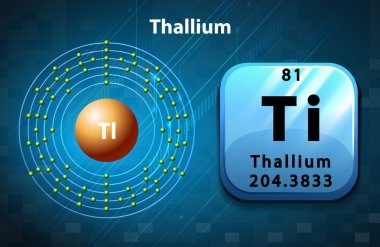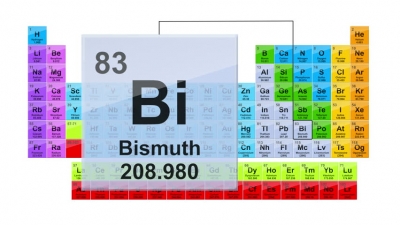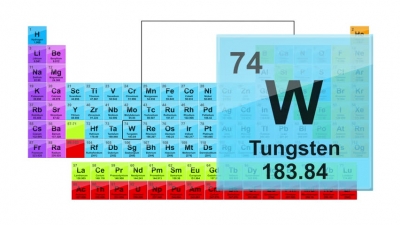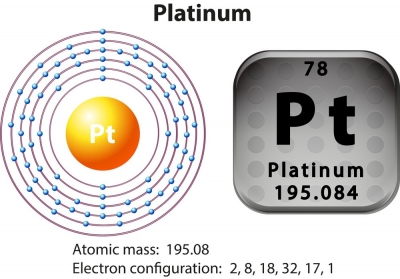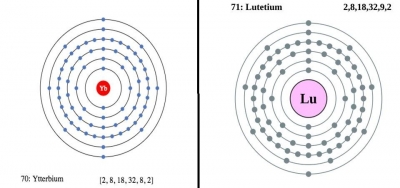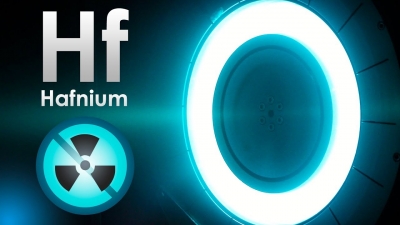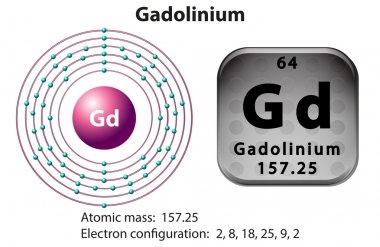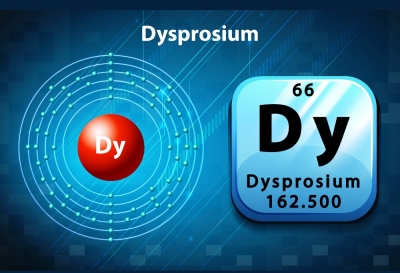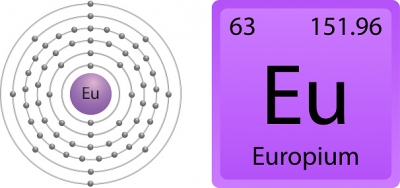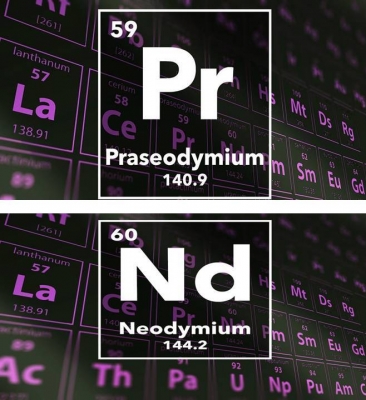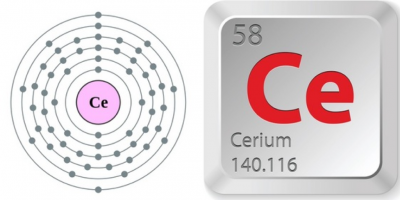Who discovered polonium and radium?
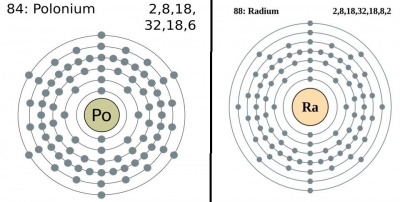
In the year 1898, Marie and Pierre Curie made their first elemental discovery and that was polonium. They discovered polonium and then radium in the same year in Paris while studying the radioactivity in pitchblende (uranium oxide). Polonium is named after Poland, where Marie Curie was born and raised.
The Curies were not aware of the dangers of working with radioactive elements when they made their discoveries. Polonium is harmful because of its chemical toxicity and radioactivity. Exposure to polonium puts people at the risk of getting various cancers.
Radium was discovered in 1898 by the Curies. To extract 1 gram of radium, about eight tons of pitchblende which has up to 50 percent uranium is needed. The element radium gets its name from the Latin word ‘radius’ which means ray. This is based on the rays emitted by this radioactive element. Metallic radium was first isolated by Marie Curie and Andre Debierne in 1910 by the electrolysis of pure radium chloride solution.
Radium is highly radioactive and causes cancer.
Picture Credit : Google
